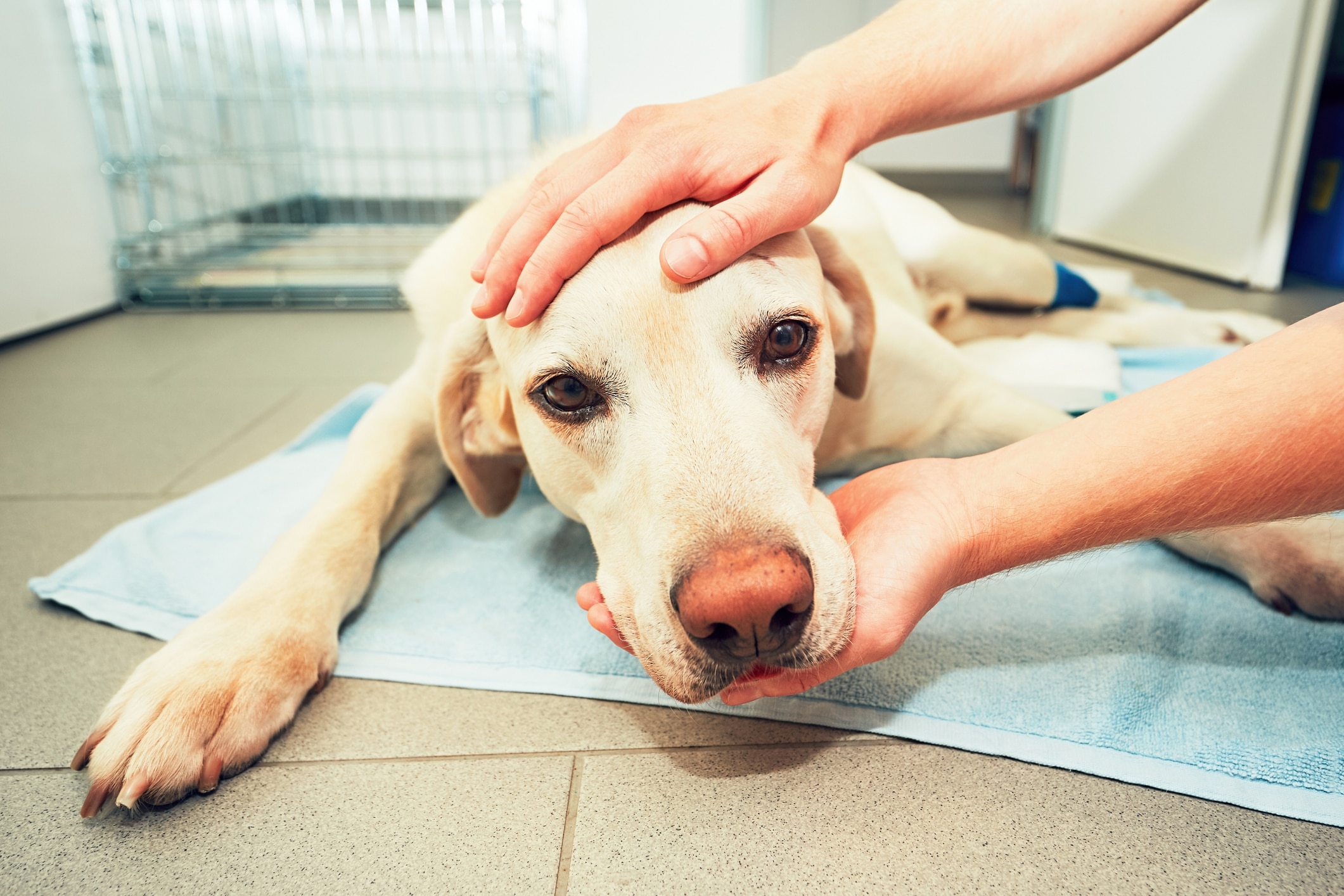Most pet owners already know the basics when it comes to ensuring their cat or dog is well cared for. It’s important to feed them a well-balanced diet, make sure they get plenty of exercise and never pass up an opportunity to give an extra ear scratch or belly rub. But there is something else owners can do that may one day save their pet’s life: Consider having your cat or dog implanted with a pet chip.
A pet chip is a small, electronic device that can be implanted just beneath the surface of the skin between your pet’s shoulder blades. The chip is about the size of a grain of rice and is inserted using a syringe that is just a bit larger than the one veterinarian’s use to administer vaccines. The process is so quick and painless that most veterinarians will do it right in the office without anesthesia.
The microchip contains your pet’s unique identification number and the name and phone number of the chip’s manufacturer. With this information, any veterinarian or animal control officer with access to a common chip scanner can find everything they need to reunite lost pets with their humans.
How much does it cost to microchip a pet?
According to petfinder.com, the average cost of microchipping a pet is $45. At most shelters, that expense is built into the adoption fee, along with the cost of administering updated vaccinations and any other medical procedures the pet may need before they’re allowed to go home with you. This is because many pets don’t find their way back to their original homes once they enter a shelter.
Amy Deitzel says that’s exactly how she ended up with her 4-year-old mixed Yorkshire terrier, Siouxsie, who was brought to a local animal shelter after being found emaciated and roaming the streets of Philadelphia. Without tags or a microchip, the shelter was left to wait for someone to come in and claim her, but no one ever did. Fortunately, Siouxsie was taken in by a rescue group, where Deitzel eventually found her. As part of the adoption process, Siouxsie was spayed, vaccinated and implanted with a pet chip.
“Since the reason my dog wound up there was because she was a stray and not chipped, I was all about it,” she says.
Deitzel ended up paying a total of $275 for all the initial services, including the adoption fee. Costs can vary depending on what age your pet is getting chipped and what other services are included in the price.
Can I use a chip to track my pet?
Unlike a global positioning system device (GPS), a microchip does not contain its own energy source. It is only activated by a handheld scanner, which provides enough energy for the chip to emit the identification number by radio frequency identification (RFID). Unfortunately, this means you will not be able to track your pet in real time.
That’s something the family of 3-year-old golden retriever Thunder wished they’d had access to when he snuck off their small-town farm.
“He disappeared on a Thursday morning,” Elizabeth England says. “He’d never gone missing before. We didn’t know where to look.”
By the next day, the four children in England’s family were frantic. They searched high and low and made reward posters, nailing them to every fencepost in every footpath they crossed—but there was no sign of Thunder. By Sunday, they had started to warn the youngest in the family that there may not be a happy ending on the horizon. But soon, the police called with the news that Thunder had made it onto national park lands up the road from the farm and had been picked up by a park ranger. Thunder’s collar had gotten lost along the way, but thankfully he had been chipped as a puppy, and they were able to locate his family.
Is pet chipping just for dogs?
Cats and their guardians benefit just as much from microchipping as their canine counterparts. In 2016, Victoria Weiss’ 4-year-old tabby cat Candy went missing. She says she thinks the family cat darted out the door while she and her two children were leaving for school one morning.
“I went onto Facebook and posted pictures of her on the local neighborhood page and on my own page,” Weiss says. “Then, someone told me to also post her information on the ACCT (Animal Care and Control Team of Philadelphia) lost and found pets page.”
About a week went by before she heard from anyone.
“We were definitely worried,” she said. “It was so cold out.”
Then, while sitting at work one day, her phone rang. It was the Women’s Humane Society. Someone had picked Candy up and taken her to the shelter. Because Victoria had Candy microchipped as part of her adoption process, her contact information was readily available. The family was quickly and happily reunited.
What pet chip registry should I use?
There are a lot of pet recovery databases and registries out there, but many veterinarians will suggest that you register directly with the company that manufactured the chip that they implant into your pet.
According to the Humane Society of the United States, many chips can now be read by universal scanners, and many registries contribute to national databases. Veterinarians no longer have to carry different tools for different manufacturers.
One of the most important things to remember, though, is that the registry you use doesn’t matter as much as making sure you activate your account and keep the information up to date.
Jaclyn Joseph, a county dispatcher, says that along with having the microchip implanted, pet owners need to make sure their contact information is accurate. That means updating it when you move or if your phone number changes. She recommends all dogs and any outdoor cats wear a collar with tags. And don’t forget about getting a dog license from your local municipality, which helps officials locate you that much faster if your pet is found by an animal control officer or another county official.
Read next: 10 things to look for in a pet sitter






